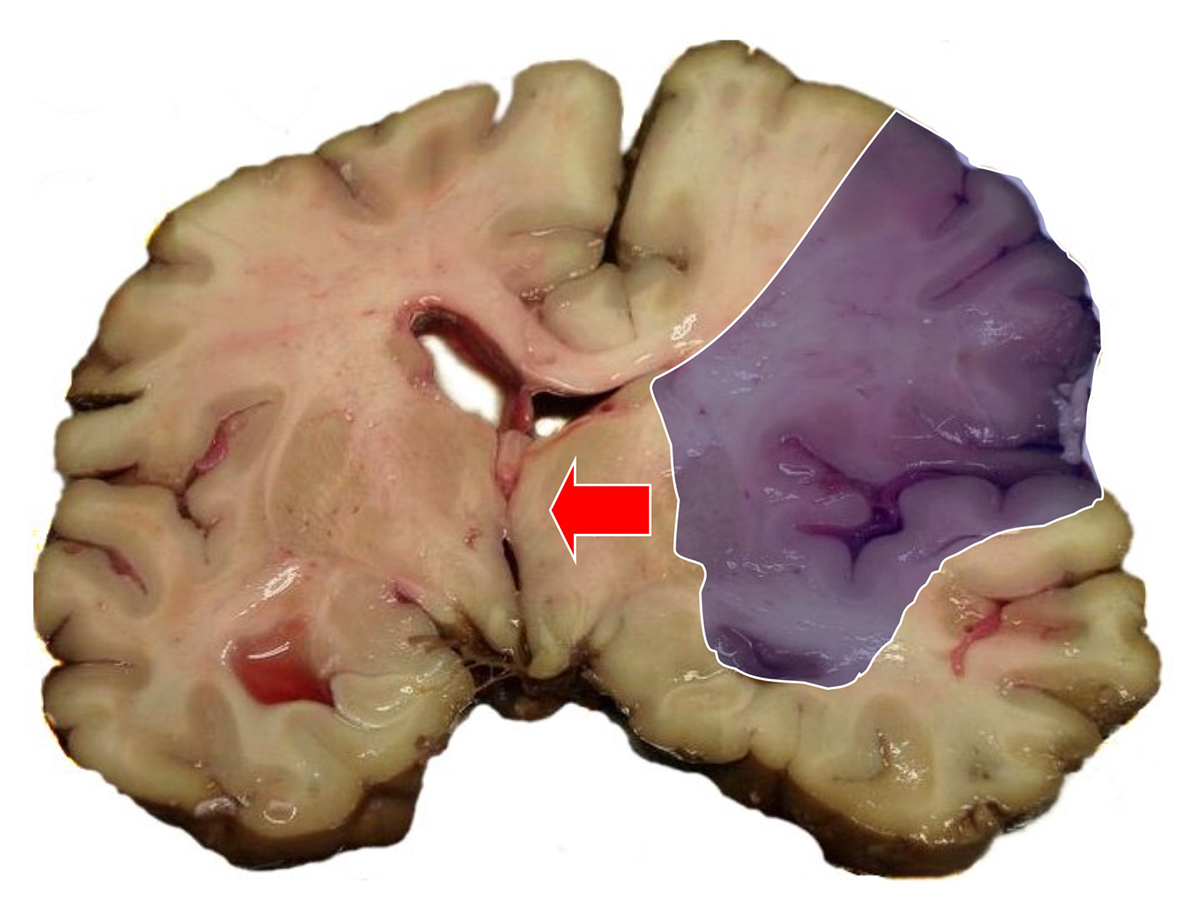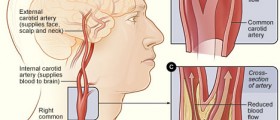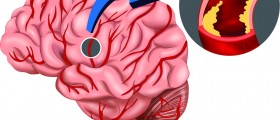
A transient ischemic attack manifests as a brief neurologic dysfunction that lasts for less than 24 hours. This condition occurs due to the change in the blood supply to a particular area of the brain. This condition is also known as “mini stroke” and if the symptoms persist for longer than 24 hours, then it is classified as a stroke. Most symptoms of a transient ischemic attack usually fade away within an hour. However, any kind of neurologic dysfunction may be a symptom of a stroke, and the patient should seek immediate medical attention. Moreover, people who had a mini stroke are at an increased risk of having a stroke in the next couple of months. Transient ischemic attack is usually a sign of an approaching stroke. More than 30% of people with TIA have recurrent TIAs, and one third have a stroke.
Symptoms of transient ischemic attack
A transient ischemic attack usually does not last for more than a couple of minutes. The signs and symptoms are much alike the early symptoms of a stroke. The patient may feel weakness, numbness or paralysis in one side of the body. Usually, only a limited area of the body is affected. For example, the patient may feel deadness and paralysis in one side of the face. Symptoms vary widely from person to person, depending on the area of the brain that suffers the damage. Among the most frequent symptoms, there is a temporary loss of vision, double vision or sudden blindness in one or both eyes. Patients may have problems with speaking or understanding other persons. The speech may seem to be slurred. Dizziness, loss of balance or coordination are also indicative of transient ischemic attack.
Causes of transient ischemic attack
Causes of transient ischemic attack are the same as that of a stroke. This means that usually a blood clot blocks the blood supply to one part of the brain. This often happens due to a cholesterol-containing fatty buildup in a part of an artery that supplies oxygen and nutrients to the brain. Fatty buildup narrows the artery and decreases the blood flow, resulting in a formation of a blood clot. However, in some cases, blood clot may form in another part of the body and move to the brain. Most commonly, these clots come from the heart and go to the brain. Sometimes, an underlying medical condition causes a transient ischemic attack. The related medical conditions are hypertension, heart disease, migraine, hypercholesterolemia and diabetes mellitus. Cigarette smoking is yet another significant risk factor.

















Your thoughts on this
Loading...